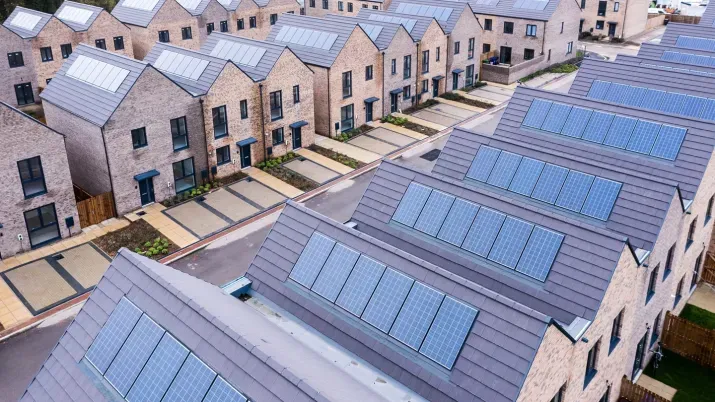The Beginning of The End For Government Bonds
TwentyFour
The list of policy actions from the major central banks keeps getting longer, and today the Bank of Japan has added the purchase of “as many Japanese government bonds (JGBs) as necessary” so as to keep the 10-year rate at around zero percent.
This action is unlikely to impact many fixed income investors directly; JGBs are not widely held outside Japan, as they have tended to do little for investors’ portfolios. They are regarded as risk-free but have also been virtually return-free for a long time, and the BoJ has also sought to make them as volatility-free as possible. The yield curve in Japan is mildly positive with the base rate being a negative 10bp, but policy actions from the various authorities in Japan have in our view essentially killed the market for JGBs in recent years.
Despite this, we think this latest action from the BoJ is worthy of fixed income investors’ attention, since it could have important ramifications for more widely held bonds. In targeting the 10-year rate, the central bank has acknowledged the higher government borrowing requirement as a consequence of COVID-19. Yield curve control is not new to the BoJ, which took up the practice in 2016, but this time it has explicitly linked its activity to the requirements of funding the deficit, which is new and important.
We see yield curve control as a likely next step for central banks around the world and another step towards a very different future for government bond markets.
Policymakers around the world have taken their official policy rates to as low as they are comfortable going, in our view. Bond investors have taken government bond yields to levels only just above these policy rates. However, we (along with everybody else) expect a huge amount of supply coming in these markets as a result of government borrowing to fund their enormous fiscal expansion, and a return of inflation would of course have a very negative impact on returns from fixed-rate government bonds.
We just cannot see longer dated government bonds being attractive to real money investors in going forward, and we would expect them to seek shelter in the short end, where they can still benefit from the liquidity of government bonds without taking the potential volatility from inflation risk or supply indigestion.
This begs the question, who will buy the long end? You guessed it – central banks. We think they will be the major investor in longer dated government bonds for years to come; by yield curve targeting they will dampen volatility as well as helping taking down the enormous supply that will become commonplace.
At the moment it is just the BoJ that is targeting yields along its government yield curve, but we expect others to follow.
The last hurrah for government bond investors may still be ahead of us, but once it does happen, the sad news is that they will become risk-free, return-free and virtually volatility-free, at least while central banks remain the dominant buyers.






